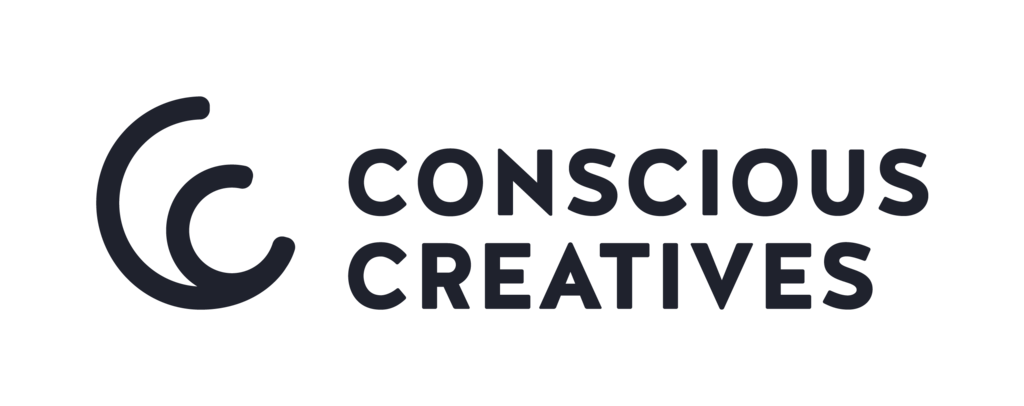What Is Sustainability Marketing?
I state sustainability marketing as a “plan that has sustainability in both the practice and the product”.
It’s more than just a buzz word to me. I really like thwink.org and their definition of sustainability broken down into different areas:
- Sustainability is the ability to continue a defined behaviour indefinitely.
- For more practical detail the behaviour you wish to continue indefinitely must be defined. For example:
- Environmental sustainability is the ability to maintain rates of renewable resource harvest, pollution creation, and non-renewable resource depletion that can be continued indefinitely.
- Economic sustainability is the ability to support a defined level of economic production indefinitely.
- Social sustainability is the ability of a social system, such as a country, to function at a defined level of social well being indefinite.
Bringing this into my world I wanted to figure out how that applied to marketing. So let’s explore this.
Sustainable Marketing As A Practice
In the world of digital marketing, consumers are more exposed than ever. Cookies are on every computer stacked high and we are being followed around the internet. This has seen a rise in ad blockers, VPN and now with the blockchain technology seeping into every crack of disruption, anonymity online is almost forcing marketers to think about the sustainability of their marketing channels.
Can they continue this ‘defined behaviour indefinitely’?
It’s about finding a balance now between leading the consumer through a journey to a point of sale in an efficient way but also in a way that doesn’t tarnish the relationship between them and the brand.
Ethics in marketing play a huge role in sustainability marketing. Building a campaign must consider every touch point and how it affects the consumer, the environment and the community (especially the community built around the brand).
I don’t think the classic image of an old school used car salesman would’ve been considering sustainability for a moment.
We are also seeing the market now begin to favour these marketing practices and actually draw a higher conversion rate. It’s about ‘speed’ and pushing off the desperation for the need of an immediate ROI. It’s about focusing on the long-term ROI of a consumer that loves the brand and their products vs the short-term ROI of a quick sale.
55% of global consumers willing to pay extra for products and services from companies committed to positive social and environmental impact up 10% from 2011 – Nielsen 2014 Doing Well by Doing Good
1/3 rd of consumers (33%) are now choosing to buy from brands they believe are doing social or environmental good. – Unilever International Study 2016
Here are some marketing practices that are not so good:
- Repeated discounts/offers – getting consumers to always and only buy because there is a discount shows there is a value mismatch somewhere as they don’t value the brand enough to pay full price for the full experience. Heavy printing costs more in terms of ROI & the environment
- Clickbait – almost a classic in terms of marketing in 2018. Using a misleading headline to get a visit to a site just for the visit not so that the user actually gets any value.
- Engagement-bait – this is a bit newer. Facebook is leading the charge here clamping down on brands using ‘share and like to win….’ type of marketing. I’ve never been a fan of these campaigns. It’s not qualifying users it’s just throwing shit against a wall and seeing what sticks.
- Hidden t’s & c’s – trying to catch consumers out by hiding something in the copy or deliberately misleading people to try and gain an advantage has been wrong since good and bad became a thing. Don’t rely on needing to hide something to get the sale.
- Over communication – have you ever got yourself a ‘free download’ of some description and then had 5 emails a day selling you something…anything. Just as long as you make some kind of purchase. Email marketing is great but it has to be done with respect to the person’s inbox. Our lives are becoming more and more full, so is the inbox. Think about the context of the email and how just continually selling might not be what they signed up.
- Creepy retargeting/remarketing – retargeting is a great tool but there is a difference between reminding someone they left something in the basket or keeping your brand top of mind and hitting someone that visited your site once with 10 ads across 10 platforms all with their name on it asking them to buy a product they didn’t know existed. That might be a little dramatic but you get the point. These tools are great but they have to be used with a measured restraint.
These are marketing practices that I consider sustainable and that I love for both the quality of connection and the long-term ROI driver.
- Inbound marketing – using content as a gateway. Building brand engagement by creating an experience in your content is only becoming more and more important. We are even seeing this happen in offline marketing. Brands are turning their stores towards experience rather than sales.
- Indoctrination Emails – this simple 3 part email series is incredible at building brand loyalty from day 1. The minute anyone new joins your mailing list send them 3 days of 3 emails with nothing but value, free things and a brand story that connects. Here is a great opportunity to show your values, match them with the consumer and start to build a real connection.
- Segmentation – using lead scoring or tagging in your CRM is a great way to implement a simple segmentation plan that will ensure the right context for your message. You can watch consumers for their interaction and react to it rather than trying to make them do something. For example, someone on your email list that has never bought might get an engagement email series after they have read 5 blogs and they will be offered a low priced entry product to get them started.
- Acquisition Focused Advertising – Revenue over reach. I say this a lot. In 2018 there really is no excuse for using metrics like reach or CPM as a primary indicator of advertising. Marketing agencies and teams should be held accountable to quality measures like CPL or Cost Per Acquisition. Then it’s up to the sales team to increase the Lifetime Customer Value. That clear definition gives more responsibility to the media and media buying to listen to their consumers and the sales team to focus on creating long-term relationships.
If we go back and look at my original definition “plan that has sustainability in both the practice and the product” we have to now consider the product.
It’s up to the brands now to build sustainability into their core values. For those values to reach the product development team and for them to make moves to ensure that their products are sustainable.
We are in a world where simply moving towards carbon neutral is not good enough. It does not address the 3 main areas of sustainability and we are passed that. The planet cannot withstand the current consumption rate. We need to build businesses that not only take less but GIVE BACK!
That is the challenge we really face.
Product sustainability needs to also be considered in terms of its viability. Can this product last forever? Can we always offer support? What do we do when its life cycle comes to an end? If you just put short-term cash flow at the heart of your product development then you aren’t planning for long-term success.
I can’t recall ever writing ‘short-term’ and ‘long-term’ so often in a piece but I think that’s the real difference here between a sustainable and non-sustainable marketing plan. One looks at the long-term impact and one doesn’t.
When writing your plans where are you looking?



